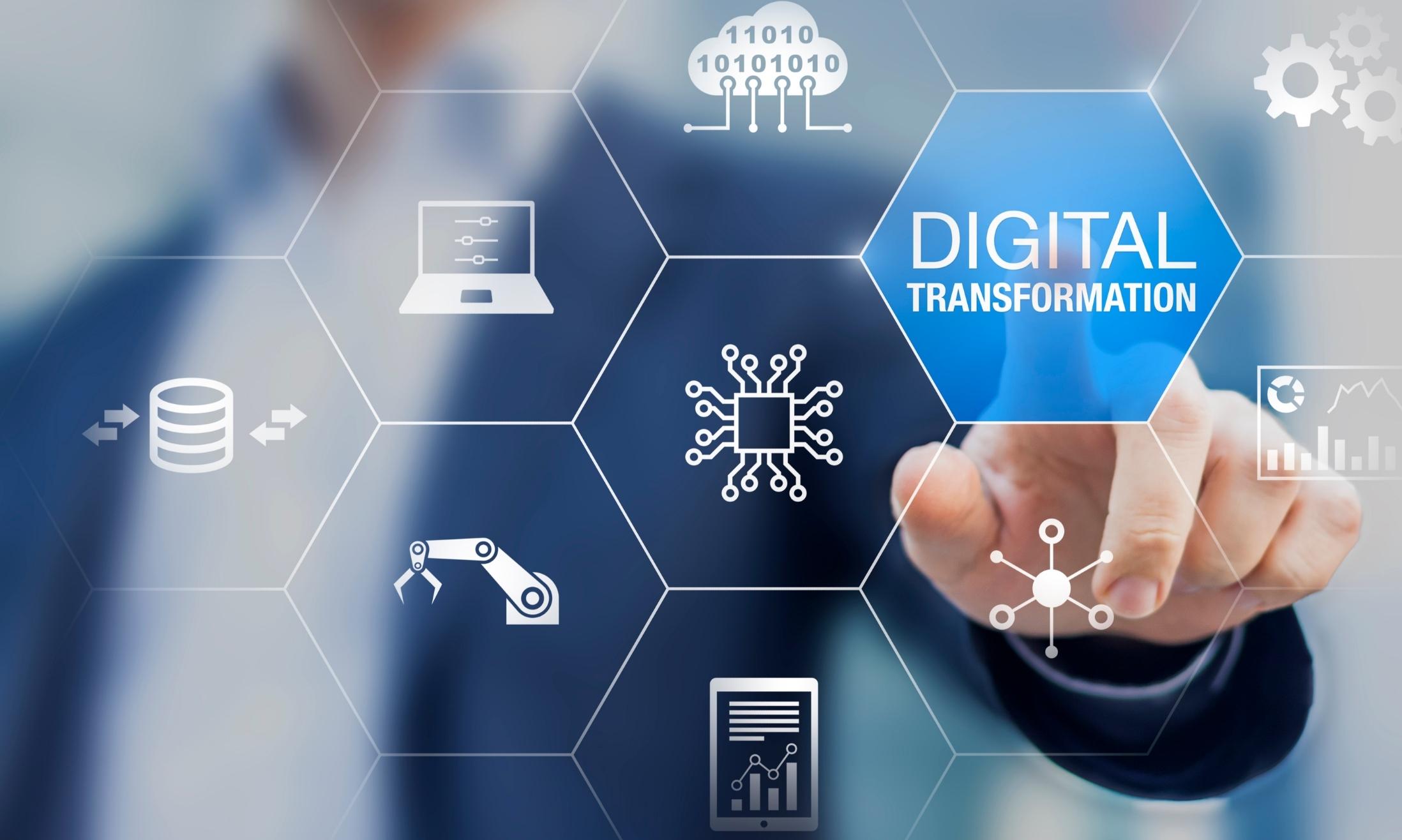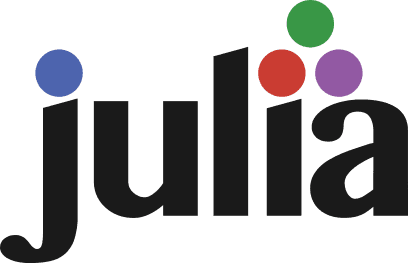IT Solutions
Digital Transformation strategy framework
in-depth insights
Apr 23, 2024
Decoding Digital Transformation Strategy Frameworks: Digital Trans4orMation's Guide
Businesses that fail to embrace digital transformation risk obsolescence. However, simply adopting the latest tech isn't enough; organisations need a well-defined roadmap, a carefully crafted digital transformation strategy framework. IT professionals play a critical role in this transition, ensuring that the strategy not only aligns with business goals but also maximises technological potential.
What is a Digital Transformation Strategy Framework?
A digital transformation strategy framework is a structured approach that guides an organization through a multifaceted transformation involving technology, operations, and customer experiences. It isn't a rigid, one-size-fits-all solution, but rather a customisable blueprint that addresses the unique needs of a business.
Why is a Framework Vital for IT Experts?
Aligning IT with Business Objectives: A well-articulated framework ensures that technology investments directly contribute to overarching business goals. It bridges the gap between IT initiatives and desired business outcomes.
Prioritised Actions: A framework helps IT teams focus on high-impact projects, avoiding unnecessary detours or resource wastage. It provides a clear sequence for implementing technological changes.
Managing Complexity: Digital transformation projects are inherently complex. Frameworks break down the process into manageable phases, making them easier to execute and monitor.
Change Management: Frameworks often incorporate change management strategies to address organisational resistance and encourage adoption of new technologies across the organisation.
Key Elements of Effective Digital Transformation Frameworks
While specific frameworks may vary, here are common core components IT experts should pay attention to:
Customer Centricity: Successful frameworks have a laser focus on customer experience – how technology can improve customer engagement, service delivery, and product innovation.
Process Reengineering: Digital transformation is not just about adding layers of tech to existing processes. It involves fundamental rethinking and streamlining processes for efficiency.
Data-Driven Approach: A robust framework uses data analytics to identify improvement areas, measure the impact of transformation initiatives, and guide future decision-making.
Organisational Culture: Technology is crucial, but the framework should facilitate a cultural shift towards agility, adaptability, and a willingness to experiment. This includes investing in employee training and development.
Innovation: The framework must foster a culture of continuous innovation, providing space for teams to explore new opportunities and stay ahead of the curve.
In-Depth Analysis: Common Framework Models
Let's dissect some popular digital transformation strategy frameworks IT experts might encounter:
McKinsey 7S Framework: Dissecting the Alignment Focus
Understand the Interconnectedness: The 7S model posits that true transformation occurs when all seven elements are congruently adjusted. Analysing existing alignment using this model helps IT experts pinpoint potential friction points and areas for targeted technological intervention.
"Soft" vs. "Hard" Elements: The 7S model includes "hard" elements (strategy, structure, systems) that are easier to define and modify. IT plays a direct role in shaping systems. However, transformation often stumbles on the "soft" elements (shared values, style, staff, skills). IT leaders must collaborate with HR and executives to ensure that technology initiatives are supported by evolving skills, leadership styles, and company values.
MIT Center for Information Systems Research (CISR): Prioritising Strategy, Capabilities, and Governance
Strategic Intent: This framework emphasises defining why the organisation is transforming. Is it market disruption, customer demand, competitive threats, or efficiency drives ? IT's role is to assess how different technology stacks enable different strategic intents.
Digital Capabilities: Goes beyond IT infrastructure to include the ability to use data, engage digitally with customers, and create novel digital products/services. IT experts must honestly assess gaps and create a roadmap for building these capabilities.
Governance Models: IT cannot be a silo. This framework underlines the need for strong governance that coordinates IT investments with business priorities, involves IT leadership in strategy setting, and has transparent mechanisms for decision making.
Leading Practice Digital Transformation Framework: Emphasising the Human-Technology Nexus
Customer Experience Deep-Dive: IT must go beyond website or app design. Consider backend systems that impact personalisation, omnichannel integration, supply chain agility affecting fulfillment – all contributing to a seamless customer experience.
Operational Agility: Not just automation, but IT systems that enable flexible business models. Can your systems support subscription models, partner ecosystems, rapid scaling, or real-time decision-making? IT is a key enabler of this agility.
Workforce Empowerment: What tools empower employees to do their jobs better? This could be knowledge management systems, collaboration platforms, data analytics access, etc. IT decisions are crucial for employee satisfaction and productivity in a transformed workplace.
Integrating Cloud, Security, and Emerging Tech into Framework Analysis
While digital transformation strategy frameworks provide a roadmap, IT experts must carefully consider the crucial aspects of cloud, security, and emerging technologies when applying these models to ensure a comprehensive and future-proof transformation:
The Cloud Factor: Analyze the role of cloud solutions in achieving the strategic goals outlined in the chosen framework. Consider the desired level of agility – does the framework imply a need for public cloud, private cloud, or hybrid models? Additionally, assess existing cloud skills within the organization, and identify the potential skills development needed for effective cloud strategy execution.
Security Imperative: Increased digitization inherent in any digital transformation demands heightened vigilance. Regardless of the chosen framework, IT experts must proactively analyze the security implications of proposed changes. Identify potential new vulnerabilities, proactively plan mitigation strategies, and ensure the framework aligns with industry-specific compliance requirements.
Emerging Technologies: A Forward-Looking Approach: Frameworks provide strategic direction, but IT professionals must remain attuned to the potential impact of AI, blockchain, IoT, and other emerging technologies. Assess the potential for these technologies to disrupt your industry or offer novel solutions within the transformation context. Consider how the framework fosters experimentation and adaptation to leverage these new technologies for long-term competitive advantage.
Choosing the Right Framework
The most suitable framework depends on individual organizational needs and goals. Consider factors like industry, size, the scope of transformation, and existing IT maturity levels. IT professionals should collaborate closely with business stakeholders to make informed decisions.
Beyond the Framework: IT's Powerfully Influential Role
IT expertise is indispensable in successful digital transformation. IT must:
Advocate for a transformation mindset
Assess technological capabilities & gaps
Champion cybersecurity throughout the process
Design scalable & adaptable IT infrastructure
A digital transformation strategy framework is the cornerstone of sustainable change in the digital age. By understanding framework components, actively participating in the selection process, and guiding implementation with technical savvy, IT experts can propel their organisations toward a future marked by digital-driven success.
written by: Matthew Drabek
For our Services, feel free to reach out to us via meeting…
Please share our content for further education


